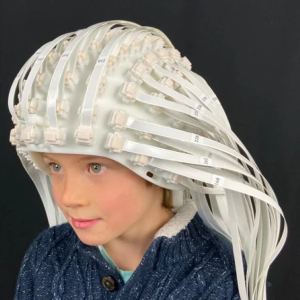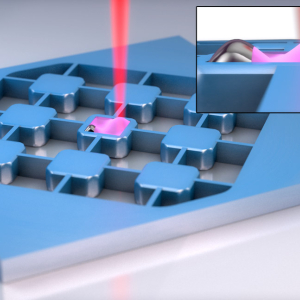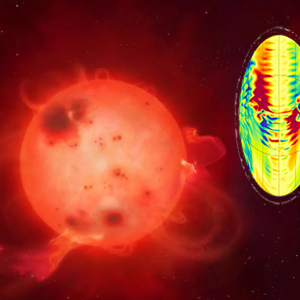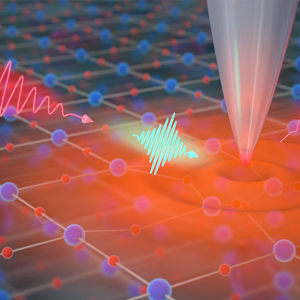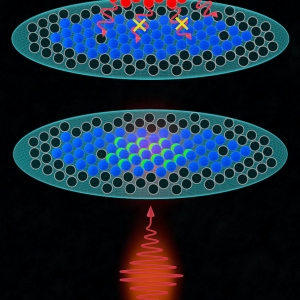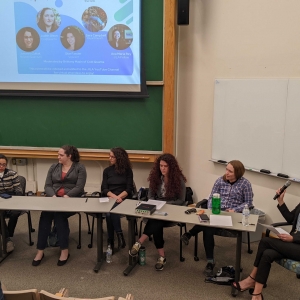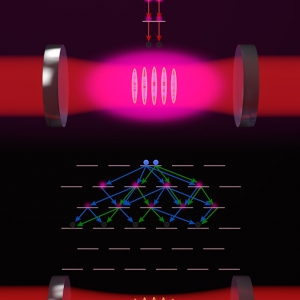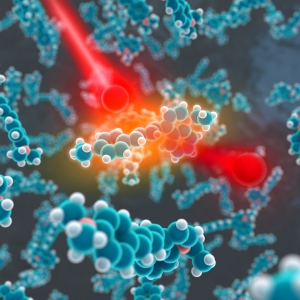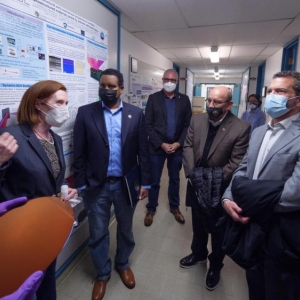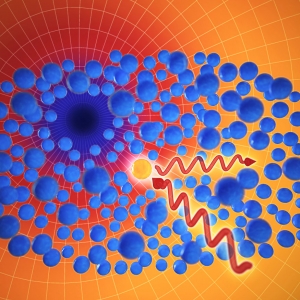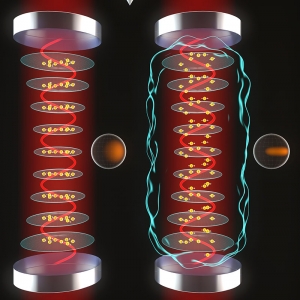Research Highlights
Displaying 81 - 100 of 507
Quantum Information Science & Technology
A Look at Colorado's Quantum Revolution
PI(s):
Jun Ye | Cindy Regal | Margaret Murnane | Henry Kapteyn | Ana Maria Rey
Precision Measurement | Quantum Information Science & Technology
Connecting Microwave and Optical Frequencies through the Ground State of a Micromechanical Object
PI(s):
Cindy Regal | Konrad Lehnert
Precision Measurement | Quantum Information Science & Technology
New Research Reveals A More Robust Qubit System, even with a Stronger Laser Light
PI(s):
Cindy Regal | Konrad Lehnert
Astrophysics
New Insights into Magnetic Fields of Red Dwarfs
PI(s):
Juri Toomre
Astrophysics
A surging glow in a distant galaxy could change the way we look at black holes
PI(s):
Mitch Begelman
Precision Measurement | Quantum Information Science & Technology
Tweezing a New Kind of Qubit
PI(s):
Adam Kaufman
Atomic & Molecular Physics | Nanoscience | Precision Measurement
Ripples in Space-Time: Nano-Imaging Functional Materials at their Elementary Scales
PI(s):
Markus Raschke
Precision Measurement | Quantum Information Science & Technology
An Atomic Game of Duck, Duck, Goose
PI(s):
Jun Ye | Ana Maria Rey
Quantum Information Science & Technology
JILA and Cubit Partner with Key Quantum Companies for an Engaging Panel
PI(s):
Ana Maria Rey
Atomic & Molecular Physics | Precision Measurement | Quantum Information Science & Technology
Running in a Quantum Corn Maze and Getting Stuck in the Dark
PI(s):
Ana Maria Rey | James Thompson
Precision Measurement | Quantum Information Science & Technology
Electrifying Molecular Interactions
PI(s):
Jun Ye | Ana Maria Rey
Atomic & Molecular Physics | Laser Physics | Precision Measurement
The Prime Suspect: Hot Band Absorption
PI(s):
Ralph Jimenez
Atomic & Molecular Physics | Laser Physics
A Necklace Made of Doughnuts
PI(s):
Margaret Murnane | Henry Kapteyn
Atomic & Molecular Physics | Precision Measurement | Quantum Information Science & Technology
JILA Atomic Clocks Measure Einstein’s General Relativity at Millimeter Scale
PI(s):
Jun Ye
Atomic & Molecular Physics | Physics Education
Where Science Meets Art: A Mural on AMO Physics
PI(s):
Cindy Regal
Astrophysics | Biophysics | Quantum Information Science & Technology
A Look at She Has the Floor
PI(s):
Ann-Marie Madigan
Atomic & Molecular Physics | Precision Measurement | Quantum Information Science & Technology
Colorado Congressman Joe Neguse tours JILA
PI(s):
Jun Ye | Margaret Murnane
Atomic & Molecular Physics | Quantum Information Science & Technology
Atomic Musical Chairs
PI(s):
Jun Ye
Atomic & Molecular Physics | Quantum Information Science & Technology
A Magic Recipe for a Quantum Interferometer
PI(s):
Ana Maria Rey | James Thompson
Quantum Information Science & Technology
Message Received: Studying Quantum Channels
PI(s):
Graeme Smith




